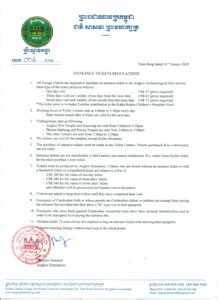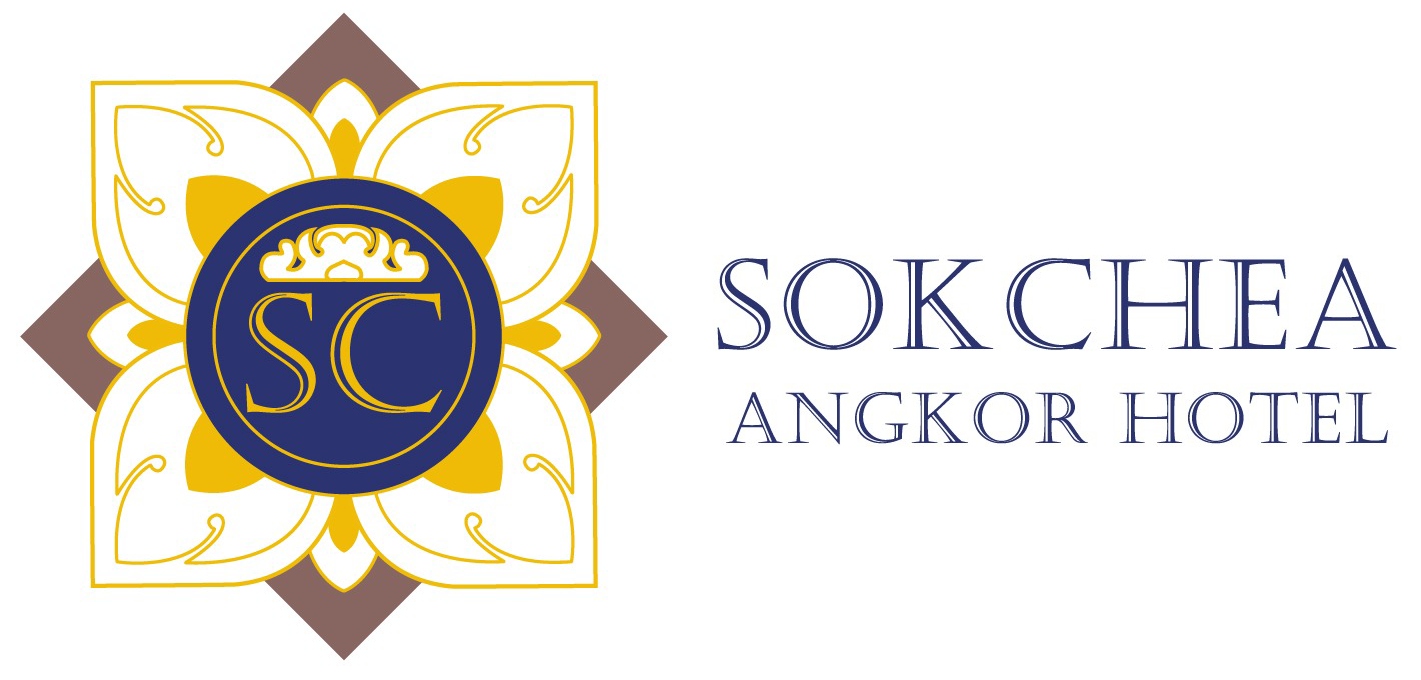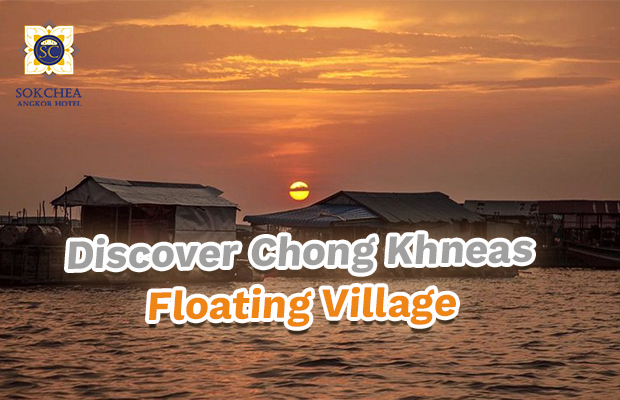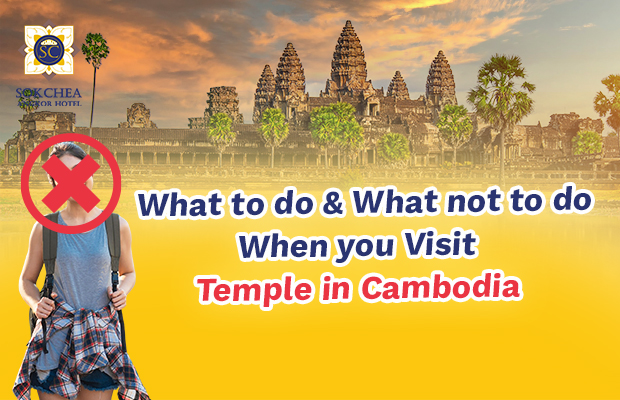The eagerly awaited “Smile of Cambodia” event will return to Angkor Wat on October 29-30, as part of the Visit Siem Reap 2024 initiative.
This annual celebration honors Khmer heritage through captivating performances, vibrant exhibitions, and culinary experiences, drawing both local and international visitors. The event aims to reinvigorate post-pandemic tourism while showcasing the country’s cultural wealth.
Organized by the Ministry of Culture and Fine Arts, with the support of the Khmer Artists Association (KAA) and other key partners, it serves as a homage to Khmer art and culture.
Seth Kimsoeun, advisor to the KAA, explained that this year’s event is spearheaded by the Ministry of Culture, which is acting as the primary organizer, producer, and manager, in collaboration with the Union of Youth Federations of Cambodia [UYFC] in Siem Reap.
The festival promises a spectacular celebration with over 500 artists bringing to life the grandeur of the Angkorian Empire, particularly focusing on the royal deeds of King Jayavarman VII.
Opening with a formal ceremony at 7:30am on October 29, the event will include a full day of traditional Khmer performances, exhibitions, and a majestic parade honoring the past kings of the Khmer Empire, all set against the iconic backdrop of Angkor Wat.
Attendees will be treated to live reenactments depicting key moments from Cambodia’s ancient history, offering a glimpse into the country’s rich cultural legacy.
In addition to the performances, visitors can explore exhibitions showcasing Khmer cuisine, traditional attire, and art. These exhibitions aim to preserve ancient artistic traditions while creating a lively, festive atmosphere. A special feature of the celebration will be the Ting Mong tournament, a traditional puppet performance unique to Cambodia.
A major attraction of the event is the focus on Khmer cuisine. Attendees will have the chance to enjoy a variety of authentic Cambodian dishes, with international guests wearing traditional Khmer attire receiving complimentary food as a gesture of hospitality.
The event will also feature influencers and content creators who will help promote Cambodian heritage on social media, broadening awareness of the country’s rich cultural offerings.
As part of broader efforts to revive tourism in Siem Reap, home to the legendary Angkor Wat temple, the “Smile of Cambodia” plays a crucial role in promoting cultural tourism.
Seth Kimsoeun noted that the event highlights two major activities: performances by more than 500 artists celebrating the Angkorian Empire, and the “Smile of Cambodia” program, which showcases Khmer arts, food, fashion, and culture, all while creating an inviting atmosphere for visitors.
The event aims to draw international attention to Cambodia’s cultural tourism sites and help boost tourism through the end of 2024 and beyond into 2025.
Running from 9am to 6pm on both days, the event promises an entire day of dynamic cultural experiences against the magnificent backdrop of Angkor Wat.
For visitors, the festivities offer a rare opportunity to experience the beauty of Khmer art, culture, and cuisine, while contributing to the revival of Cambodia’s tourism industry.
The event is expected to provide an unforgettable blend of ancient history and modern cultural celebration, all in one exceptional experience.








